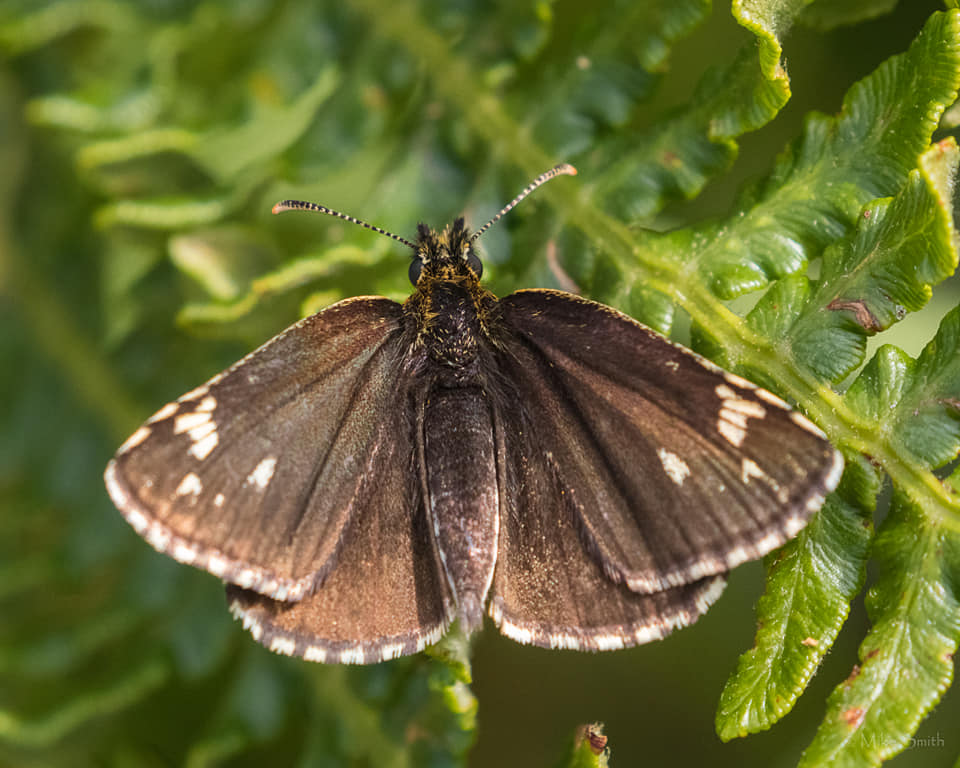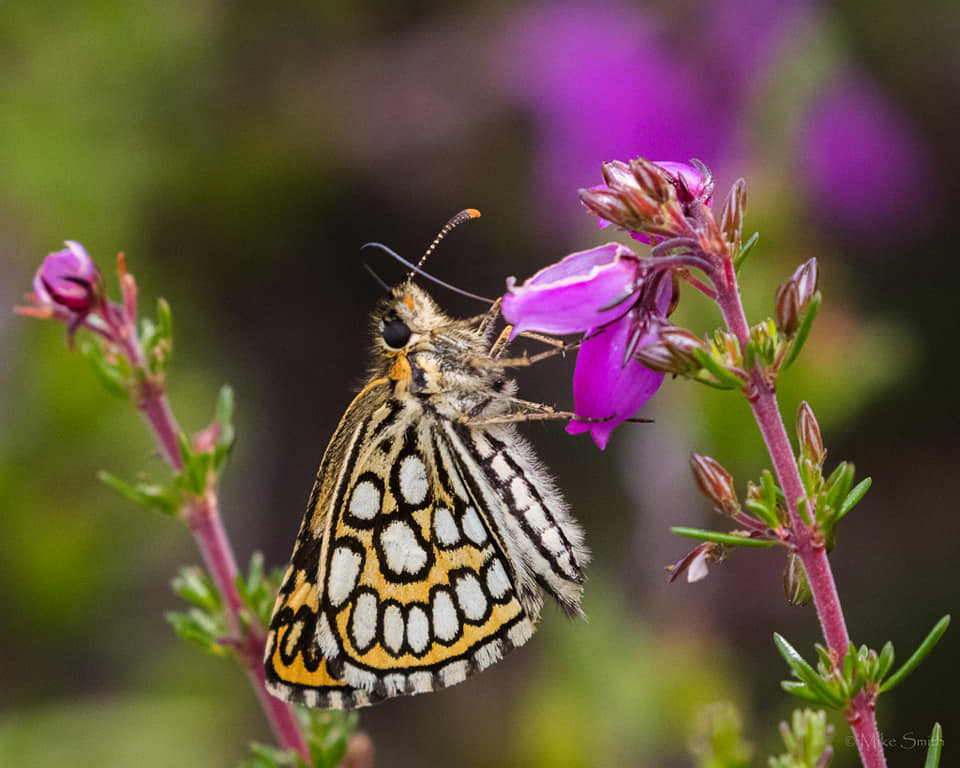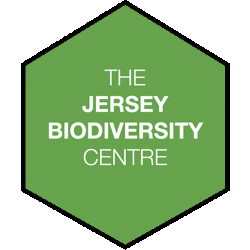Return of a Butterfly in Liberation 75
Return of a Butterfly in Liberation 75
With Jersey Liberation celebrating 75 years it seems fitting that a butterfly that arrived during the occupation but since became locally extinct has returned to the island. A wonderful example of how Jersey’s natural history is influenced by historic events and how the return of a species of butterfly can be a sign of hope and renewal in difficult times.
Our fascination with the environment and natural history has been a growing trend since the Victorian era. Today our fascination with natural history has not dwindled but moved to a digital age where photographs are the ‘new’ collector’s item. Biological recording in Jersey has been documented since the 1800s and the Jersey Biodiversity Centre, a hub for all things natural history, holds these biological records on a database. Working closely with the Societe Jersiaise members, who volunteer their time to record Jersey’s wildlife, the Jersey Biodiversity Centre works to increase and expand these biological records for the Channel Islands.
The Large Chequered Skipper butterfly, not known in Jersey before 1946, breeds locally on Purple Moor Grass (Molinia caerulea). The unconfirmed theory for this species’ arrival in Jersey is that during the wartime occupation of 1940-45, hay was imported by the German military authorities from France to supplement the feeding of horses, as their use increased with fuel becoming scarcer. It is a theory that those butterflies first seen in 1946 had arrived as eggs, pupa or caterpillars within the hay and established breeding in the few sheltered and damper areas with Purple Moor Grass (Molinia coerule).
The butterfly population numbers fluctuated over the next 50 years and it was officially declared locally extinct in 1996, due to lack of management of their breeding site, as butterflies require specific food plants on which to lay their eggs. Locally extinct is the term used when a species is no longer found in a region or space but can still be found in the wild elsewhere.
Fast forward to July 2020 when a single adult male was recorded by Mike Smith, a local wildlife photographer, feeding on Bramble flowers on a heathland in Trinity. With the help of social media, images were posted on a local Facebook Channel Island Insect site prompting much excitement in the local butterfly community. The first confirmed sighting of this butterfly in Jersey for 26 years sparked an island wide search for more.
Tim Ransom, Chairman of the Entomology Section of the Societe Jersiaise – “And on this 75th year of the Liberation of Jersey from the Occupation it is perhaps pertinent that a rare butterfly first seen during that time is re-found in this anniversary year, especially when there seems to be so little other positive news around this year!” He goes on to explain that “since the re-discovery of this butterfly a significant amount of surveying, consisting of hundreds of hours of searching by a few dedicated people, has been undertaken.” Members of the Societe Jersiaise Entomology Section along with the public have volunteered their time to survey sites during summer 2020. Tim Ransom explains “in total 27 adults, consisting of 18 females and 9 males, were found across 4 sites along the north coast. Breeding was also observed at one of these sites.”
As we move into Liberation 75 Tim describes the excitement as this species is rediscovered. He expresses that the number of butterflies found “was an impressive number to be seen in such a short time and is grateful for the dedication and time given by all involved.”
The Large Chequered Skipper is found in Europe from Spain to Sweden and across Asia reaching as far as Korea. It is considered rare and is not present on mainland UK. It has a single generation each year which feed on purple moor grass, purple small reed grass (Calamagrostis canescens) and Cotton grasses (Eriophorum). The adult’s flight season is from early July to late August. It has a recognisable flight pattern which consists of it bobbing up and down and traveling low over the ground.
Identification: Adults wing upper side are dark olive-brown with a scattering of white markings. Adults wing under side are orange with large white black-edged circles. It has a local common name of ‘Le Miroir’ as the underside looks like water droplets on a mirror.
It is not be confused with the Chequered Skipper (Carterocephalus palaemon) which are found in the UK and were recently reintroduced back to the UK in 2018 after becoming locally extinct in the 1970s. They are a smaller species and restricted to a small area in west Scotland.
The re-discovery of The Large Chequered Skipper butterfly in Jersey shows that land management changes can support biodiversity and the return of locally extinct species. The Land management carried out over these year has been completed by the Natural Environment Department of the Government of Jersey. This story also highlights the importance of public interest in the natural world as without our wildlife photographers and enthusiasts this species would have taken much longer to find again. Tim highlights that it is these positive collaborations between organisations and the public in the gathering of a substantial amount of information in a short amount of time which will definitely benefit the conservation of such rare species into the future.
You too can contribute towards butterfly conservation in Jersey by:
1. Submitting your butterfly sightings to our website www.jerseybiodiversitycentre.org.je
2. Creating a pollinator patch with wild flowers that will supply nectar to butterflies.
3. Providing some water dishes in the warmer summer months – butterflies need to drink too!
4. If you have time to volunteer you can join the Jersey Butterfly Monitoring Scheme by emailing: environmentenquiries@gov.je
Due to the sensitivity of the site and the species, the site details will not be included in this article.
Photos by Mike Smith 2020


